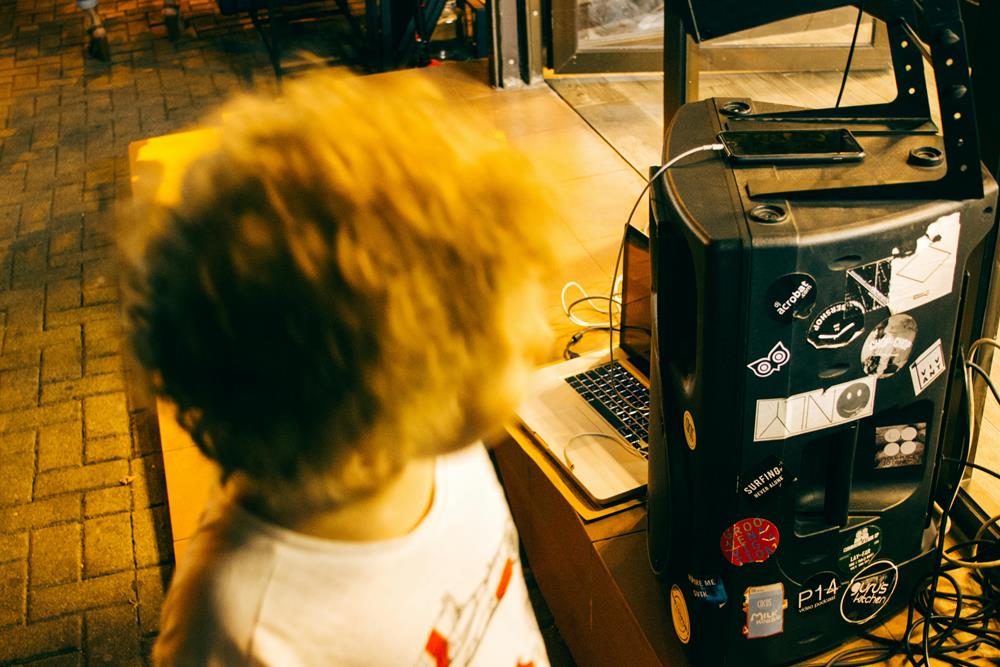How to Remove Sticker Residue from Various Surfaces

Peeling off a sticker feels satisfying until you spot the stubborn residue left behind. That sticky layer holds onto dust, dirt, and every stray speck in reach, turning cleaning into a frustrating clean-up.
Glass highlights every smear, wood is sensitive to scratches, plastic reacts poorly to strong chemicals, and fabric can be tricky to restore.
The upside, though, is that this doesn't have to be permanent. With the right approach, you can lift it off without scratches, smudges, or extra headaches. Each surface needs its own strategy, and this guide breaks down the smartest ways to tackle them all.
Identify the Surface Type
Knowing what you're up against is half the battle. Some surfaces demand gentle care, others can take stronger treatments, but the key is always matching the method to the material.
- Glass surfaces. Glass carries an air of elegance, but its durability has limits. Avoid abrasive pads or harsh scrubbing. A mix of vinegar and water with a microfibre cloth lifts residue cleanly without leaving streaks.
- Wood surfaces. Wood demands precision, as it's sensitive to moisture and strong chemicals. A dab of olive oil or coconut oil softens sticky spots, which can then be gently wiped away without harming the finish.
- Plastic surfaces. Plastic can warp or dull if exposed to harsh cleaners. Stick with mild dish soap and warm water to break down residue safely.
- Fabric surfaces. Fabric absorbs adhesives, making residue trickier to remove. Dab the area with rubbing alcohol or white vinegar using a clean cloth. Blot gently, then wash with mild soap and water.
Before reaching for a cleaner, gather the right tools, such as a microfibre cloth, a soft sponge, and a plastic scraper to help lift residue without scratching.
Cotton swabs work well for corners and seams, while a small bowl for mixing cleaning solutions keeps things simple. Having the right setup makes the removal process faster and prevents accidental damage.
Choose the Right Removal Method
Peeling off a sticker is simple. What's left behind usually isn't. The key is knowing how to approach the residue without making things worse.
Start with the gentlest option available, like warm soapy water or a light oil, and only move to stronger methods if the adhesive doesn't budge. Work in stages, testing as you go, so you don't risk scratches, stains, or discolouration.
Commercial cleaners have their place, but they should be a last resort, not the first. If you reach that point, make sure the product is safe for your surface and follow the instructions closely.
This step-by-step approach saves time, avoids unnecessary damage, and leaves the surface clean without the frustration of trial and error.
Test a Small Area First
Before using any cleaner, make sure to test it on a hidden spot. Surfaces react differently, and a quick check prevents scratches, stains, or fading.
Pick an out-of-sight area, like the back of a table leg, the underside of a shelf, or along a fabric seam, and apply a small amount of your chosen solution.
Wait a few minutes, then check for discolouration, texture changes, or damage. This simple step takes seconds but can save you from costly mistakes.
Apply the Solution
Soak a clean cloth or cotton swab with your chosen cleaner—oil, vinegar, or adhesive remover all work, depending on the surface. Make sure it's damp enough to transfer the liquid, but not dripping.
Press the cloth against the sticky spot and let it sit for 10 to 15 minutes. This pause gives the solution time to do its job and break down the residue, making removal easier. For stubborn patches, extend the wait, or reapply a little more solution.
On surfaces that can tolerate heat, like glass or some plastics, a hairdryer set to low can help soften the adhesive. A little warmth loosens the grip, making the cleaner work faster, which reduces the need for heavy scrubbing.
Patience here saves effort later. Once the adhesive has softened, you'll be able to lift it away with less scrubbing and far less risk of damaging the surface.
Gently Scrape off the Residue
When the adhesive softens, ease it up with a soft plastic scraper or an old credit card. Avoid heavy pressure. Steady, gentle strokes protect the surface. Work in small sections and move slowly to avoid scratches or accidental damage.
If some residue clings on, reapply the cleaner, wait a few more minutes, and try again. Wrap up with a quick wash in warm, soapy water to clear any leftover film.
For tricky spots like seams, grooves, or textured surfaces, use a cotton swab or soft-bristled brush instead of scraping. This helps dislodge residue without scuffing delicate finishes or forcing adhesive deeper into crevices.
Clean the Surface After Removal
After the sticky layer is gone, give the area a thorough clean to make sure no residue or cleaner remains. Sticky patches act like magnets for dust and grime, so don't skip this step.
Warm water mixed with mild soap works well for most surfaces, breaking down leftover film without causing damage.
Use a microfibre cloth or soft sponge, applying light, steady pressure to lift any remaining traces. For tricky areas, double-check seams, corners, or textured spots where adhesive can hide.
Finish with a dry wipe to prevent streaks or water spots, leaving the surface smooth and polished.
For wood, consider applying a light polish or conditioner to restore shine. For glass, a quick buff keeps it streak-free, and for fabric, a gentle freshening spray helps remove lingering odours from natural cleaners.
Over time, though, buildup can still creep in. Building a simple cleaning routine helps prevent sticky residue and surface damage before it gets out of hand.
Scheduling a regular cleaning service helps maintain surfaces at their best and tackles hidden grime before it turns into a bigger issue.
Conclusion
Peeling a sticker is easy. It's the leftover mess that tests your patience. A splash of vinegar on glass, a touch of oil on wood, or baking soda on fabric turns the job into a simple fix.
The trick is knowing what works where. Keep these methods handy, and you'll clear away residue quickly and confidently.

